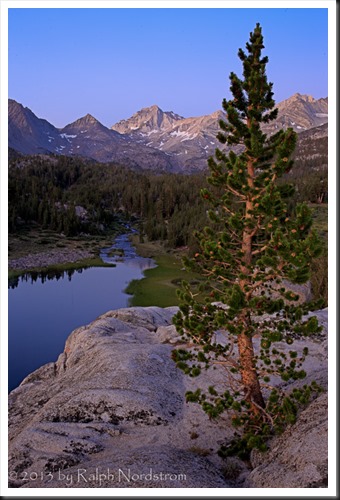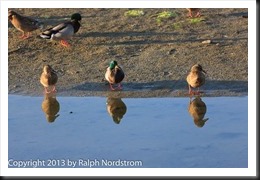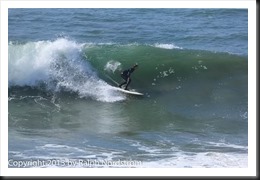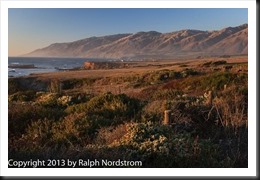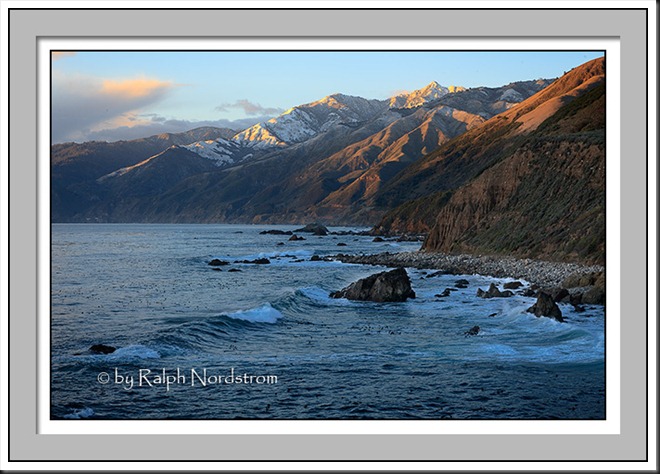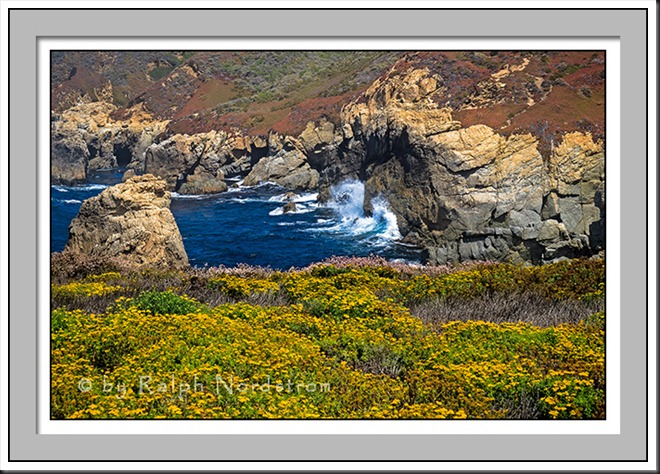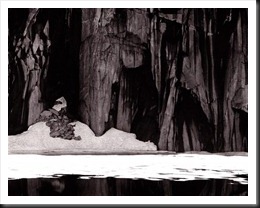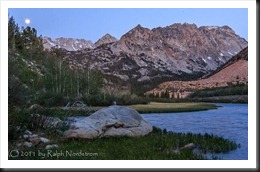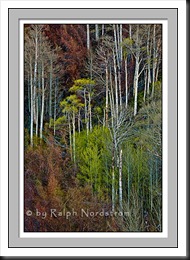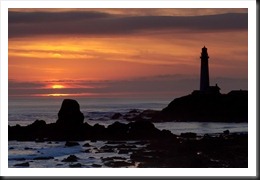There are many rules of composition. I know people don’t like to use the term rules and for good reason. If you treat these rules as if they are hard and fast you can end up with compositions that are mechanical. So I prefer to call them ‘principles of composition.’ Now I’ve said before that composition is a problem solving endeavor. That is, you have been inspired by what lies before you, you have connected with it and you have an idea of what you want to say. And one of the key elements in communicating your message is the composition you choose. There is generally a point where this becomes very much of a problem solving effort, meaning it can get very analytical. And while the analysis may be important if not essential, it can cloud aesthetic considerations. Take for example this photograph of dawn in the Little Lakes Basin up Rock Creek in the Sierra Nevada Mountains of California.
I was drawn to this Lodgepole Pine growing from a cleft in the granite above the lake. I gave a lot of thought to this composition and compositional principles came very much into play. The way I saw it, the two key elements were the tree and the lake. I didn’t think of the peaks in the distance as being a key element although I knew they were important. And I was aware of the lake as a leading line the drew the eye to them. I placed the tree on the right 1/3 line so that it wouldn’t block the lake. And I enjoyed the wonderful alpenglow as I captured a few images through the final minutes of civil twilight. Then I wandered off looking for other photographs. But later, after the sun came up I was drawn back to this tree and saw it completely differently.
Continue reading “Mastering Composition – Balance”
(1676)

